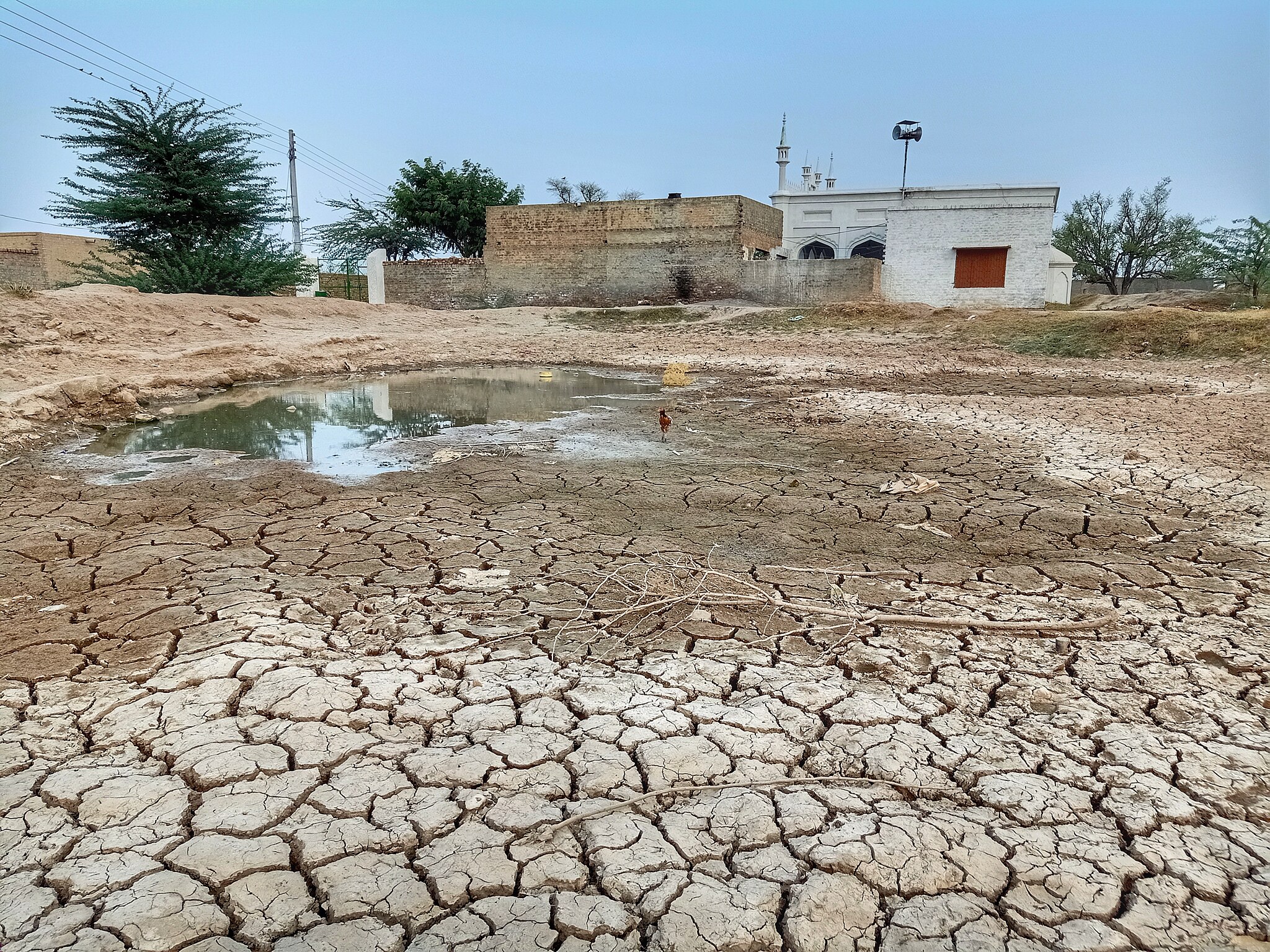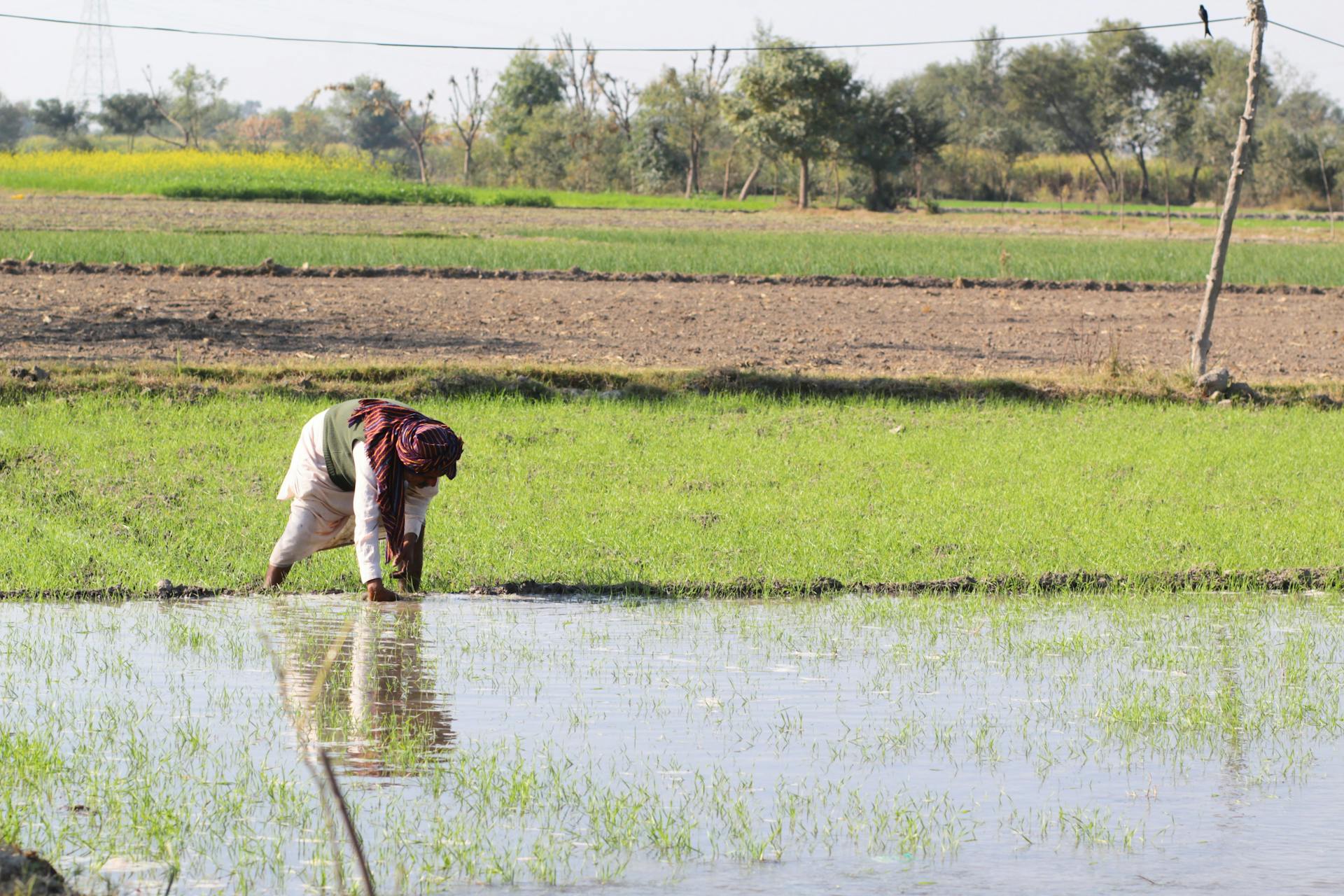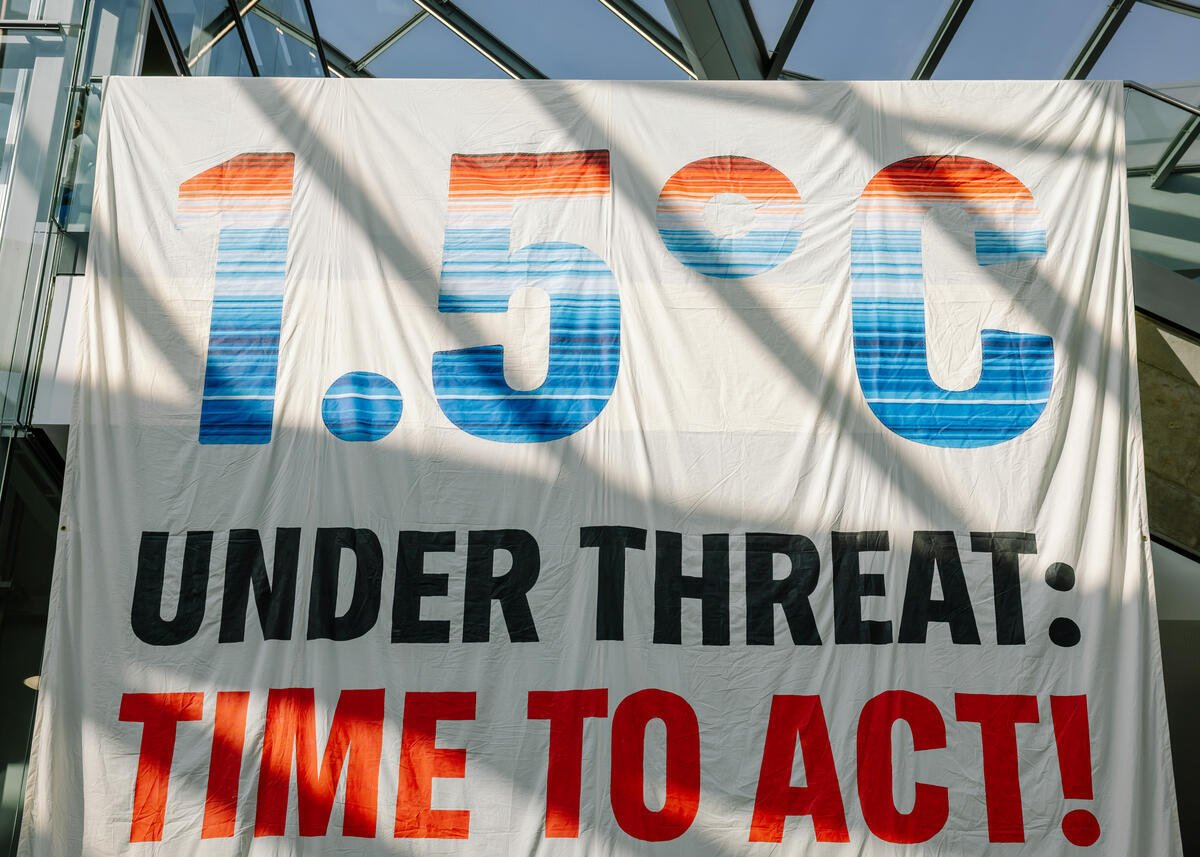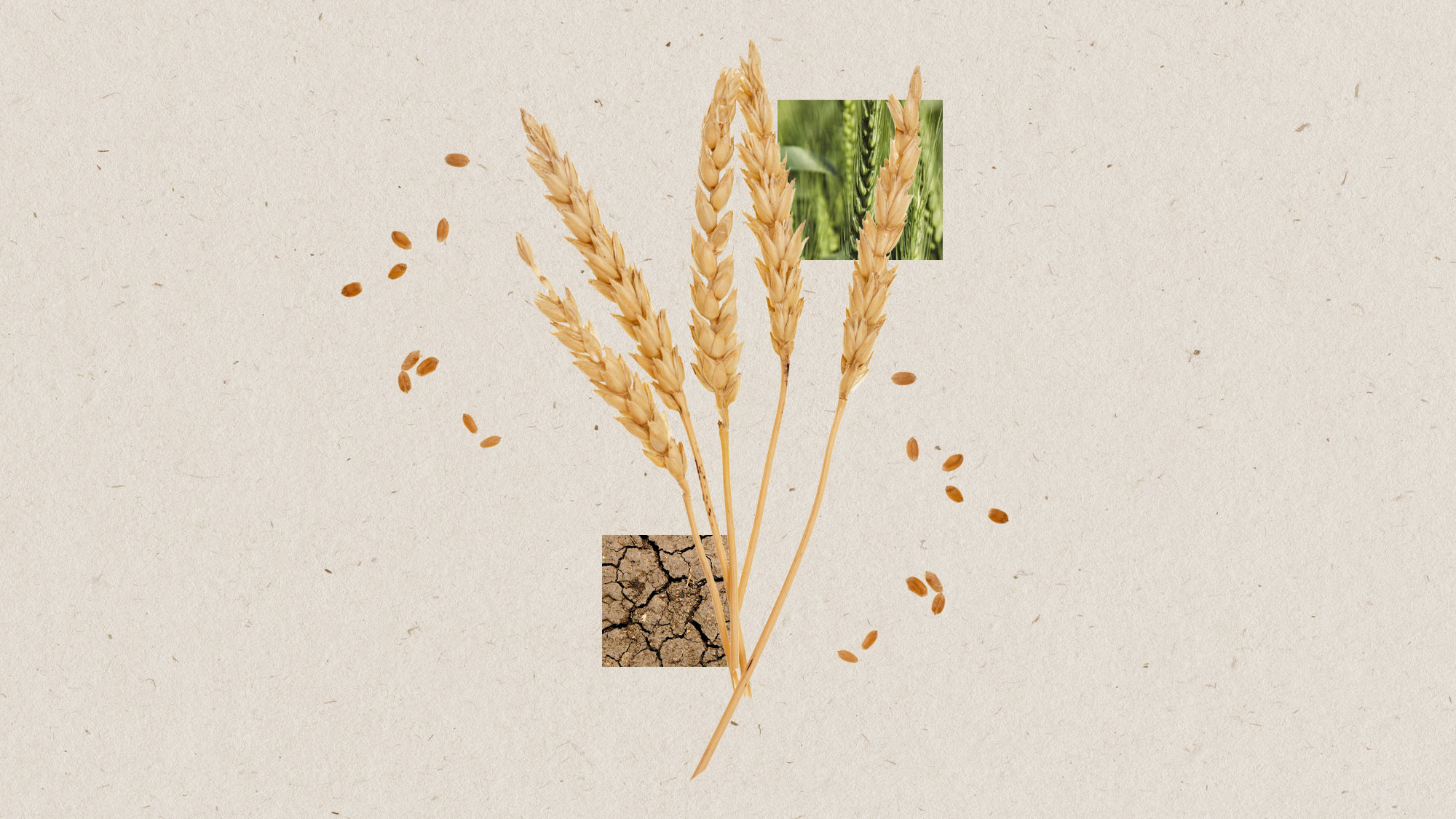In April, Kashmir was thrust into the world news spotlight once again, as armed militants targeted tourists in Indian-administered Jammu and Kashmir territory, killing 26 people. The subsequent increase in tensions saw brief but intense periods of strikes and counter-strikes across both sides of the heavily militarized and historically fraught India-Pakistan border. This enduring conflict between India and Pakistan is deeply connected with the impact of climate change on the region’s glaciers and water resources.
Just a day after the initial attack, India announced it was suspending its obligations under the Indus Waters Treaty (IWT). Enacted 65 years ago, the IWT is a water-sharing agreement between India and Pakistan, which legally has no clause for withdrawal. Although the treaty was designed before climate change had been recognized as an issue, it has long been seen as an effective example of trans-boundary water sharing. However, recent clashes have worsened relations between the neighboring states, meaning the long-term future of the treaty hangs in the balance.
The upper Indus River is fed by glacier melt originating high up in the Karakoram and Himalayan mountains. Studies have estimated that around 40% of Indus River runoff comes from the extensive glacial coverage, and when combined with the melt from the annual snowpack—also undergoing rapid change—it could be up to 72%. The events that unfold in Kashmir are therefore inextricably linked to the glaciers of the Himalayas and Karakoram ranges, which provide vital lifelines of water supply for both countries.
Almost all of Pakistan’s water comes from the Indus—the primary water resource for 200 million people. Over 90% is used for farming crops such as rice, wheat, sugarcane, cotton, pulses, fruits and vegetables; this employs nearly half of Pakistan’s workforce and represents a quarter of its total GDP. Given that these crops need an abundant water supply, which comes mainly from irrigation rather than rainfall, Pakistan is considered one of the world’s most water-intensive economies.
“For Pakistan, there is a reliance on Indus River waters through a treaty India has said it will no longer stand by,” said Upmanu Lall, former director of the Columbia Water Center, “and on regional groundwater, which is in turn recharged to a great extent by the river waters and by floods in the monsoon season.” (Lall is currently the director of the Water Institute at the Julie Ann Wrigley Global Futures Laboratory at Arizona State University.)
River flows are changing rapidly due to climate change-induced shifts in the seasonal timing of glacial melt. As the glaciers that supply the Indus lose mass throughout the century, studies predict that river runoff could decrease by up to 70% in some sub-basins. Less water flow adds further strain to the water-sharing relations set out by the IWT, as each side grapples for limited resources.
The historical rivalry between India and Pakistan has resulted in water becoming a weapon of political power. India’s water strategy, involving maximizing its entitlement as laid out by the IWT, has repeatedly been perceived by Pakistan as a series of deliberate moves to restrict water availability, contributing to the growing sense of mistrust between the neighbors. As new strategic priorities have evolved since the treaty’s establishment, India requested renegotiation of the terms in 2023, and again in 2024. It is clear that the vital cooperation that underpins the IWT is becoming increasingly fragile.
Efforts to improve the situation within Pakistan may be undermined if India restricts the flow of Indus River water downstream. Sources have reported that since suspending the IWT, India has brought forward the start dates of four hydropower sites that are currently under construction, the development of which had been previously limited because of terms in the treaty. The commissioning of large water infrastructure projects underscores the differences in capabilities between the neighbors, with India using its technological advantage to leverage power over the region’s water resources.
“I cannot speculate on if India will actually try to develop the resources for its own use, contrary to its policy for the last 75 years,” Lall said, “but it would seem that there would be motivation for Pakistan as the downstream country to find peace, and also to invest in improving agricultural water use.”
Pakistan also faces grave water issues within its own borders. Rising water demand driven by rapid population growth has fueled a water security crisis, with sources predicting that Pakistan will reach absolute water scarcity (where demand exceeds supply) this year. Mounting pressure is compounded by accusations of poor water management, exploitation and hostile disputes between provinces. In Karachi, the most densely populated city in Pakistan, water theft is common, causing concern that a failure of the government to successfully control the management of water resources could lead to an increase in violence, further driving instability.

Additionally, during times of abundant water supply, Pakistan does not have adequate storage facilities to hold water for later use, meaning large quantities of water are lost to the system. The essential role that water plays in people’s livelihoods in the region has eroded trust that resources will be shared fairly between Pakistani provinces and that local governments can manage disputes. This in turn has exacerbated struggles to access a reliable water supply.
Water is tied to livelihoods through the production of food, which is driven by the Pakistani economy. “Food security is determined by the ability to grow specific crops that the government procures for distribution,” said Lall. “Farmers get a range of subsidies that translate into high water-consuming crops being grown in regions with limited water, and inefficient use of water for irrigation.”

Recognizing the increased pressure on water sharing arrangements, Pakistan has an additional motive to strengthen its resilience to water insecurity. With rising temperatures and more unpredictable weather patterns, climate change is a relentless challenge to adapt to at pace. Effective management across all tiers, from households to local and national governments, is essential to solving Pakistan’s water troubles. Coordinated efforts must tackle unregulated water use and illegal withdrawals, as well as worsening water quality and rising pollution.
While the IWT has previously survived three wars, fresh conflicts threaten progress that earlier treaties have facilitated. At a time when international cooperation is being challenged globally, safeguarding the water-sharing arrangements set out by the IWT may prove crucial to the region’s stability, food and water security, and ultimately becomes a question of survival for everyday people.
With glaciers playing a central role in the dynamics of the region and the uncertain timescales over which they may completely disappear, managing the delicate balance of water sharing is likely to remain a significant challenge throughout the century.
Source link
Guest news.climate.columbia.edu



